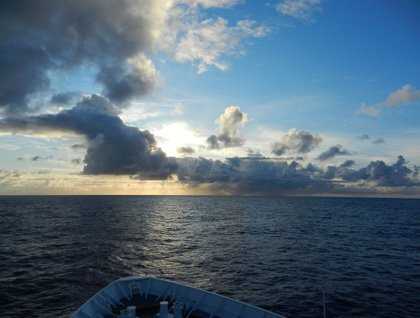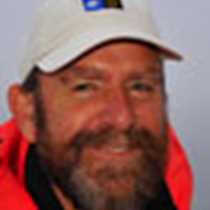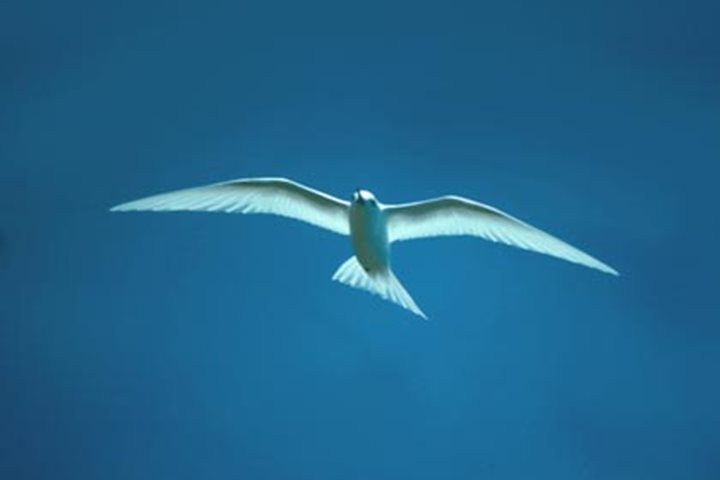We are lost in the vastness of the Pacific Ocean, having left Ducie Island two days ago. Ducie was itself the last scrap of land at the eastern rim of the Pitcairn group, already 500 miles behind us. Polynesians once occupied this group of islands, themselves depending on a tenuous link with Mangareva, far, far back in our wake. The Mangarevans came to Pitcairn for the volcanic rock which made the finest stone axes, essential for woodland clearance at home and weapons at war. The Pitcairn natives came east to Henderson for the tough Miro trees, whose dense bark was perfect for carving, and to load up with seabird eggs and fish as a welcome change from taro and sweet potato. But life was never easy in these outposts, and both Pitcairn and Henderson were long abandoned when Europeans arrived in recent times. And yet, at some time over one thousand years ago, their own ancestors had launched one of their mighty double-hulled canoes and set off across 900 miles of ocean to reach our next destination, Easter Island, far away under the eastern horizon. Theirs was the Starship Enterprise of its day, a valiant band of determined adventurers who found, settled and created an extraordinary society whose demise has intrigued the outside world for generations. We are following in their wake now, to reach the same infinitesimal islet somewhere in the wide watery world of the Pacific, the greatest ocean on Earth. How they got there is a miracle, how they survived is a marvel, how their society disintegrated is a mystery. It is the stuff of Lindblad adventures….
11/26/2015
Read
National Geographic Orion
At Sea, Heading for Easter Island
With the Pitcairn Group in our wake we have set out across the wide stretch of the Pacific that lies between Ducie Atoll and Easter Island. Once again the greatest ocean in the world surrounds us and we are the center of our own world, isolated and alone, yet never disconnected from all that lies over our horizons. There are so many ways to spend our time as we near the end of our voyage through remote southeastern Polynesia the day has raced by and some plans have had to be put off—maybe tomorrow. Talks from our Global Perspectives Guest Speakers, Paul Rose and Bob Brown, and from members of our natural history team and cultural experts, have helped us to wrap up the ideas we have explored on this journey and prepare for the final exciting landfall at Easter Island. The photo team has been busy helping us to edit and optimize the beautiful images we have made during the trip, with the help of a special guest photo expert (Tom Ritchie) who offered his unique perspective on How To Take Good Photographs! And, of course, Chef Lothar and his team have kept us well fed and much delighted with their usual fabulous array of comestibles. It has been a day for reading, writing, and reflection on recent events and new memories. Perhaps for thinking ahead to the next adventure. Looking out across the wide expanse blue water under blue skies that surrounds us, some of us have found our thoughts travelling into the past, thinking of the earlier voyagers who made this long crossing long ago. First came the Polynesian navigators in their double-hulled voyaging canoes, followed by the European explorers, years away from home in tiny wooded ships with only a vague idea of where in the world they might be. These journeys are nearly unimaginable from our perspective, at ease and in comfort on our state-of-the-art expedition vessel. But perhaps we can catch just a hint, just an echo of the feeling of being truly at sea, on the face of the great Pacific Ocean.






